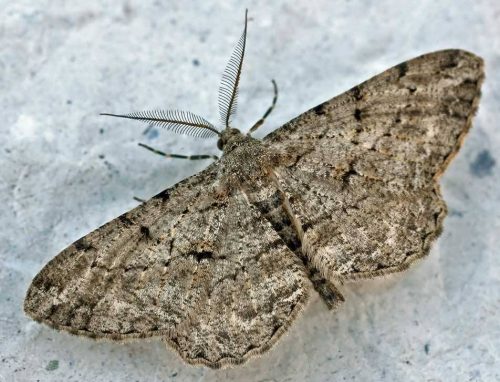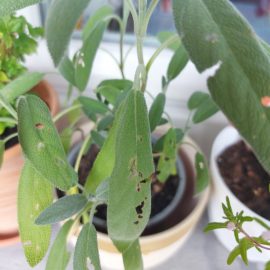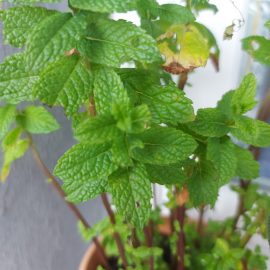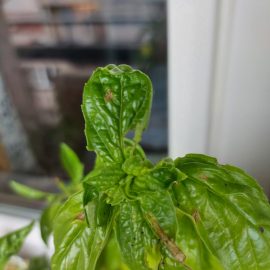The willow beauty (Peribatodes rhomboidaria) – pest management
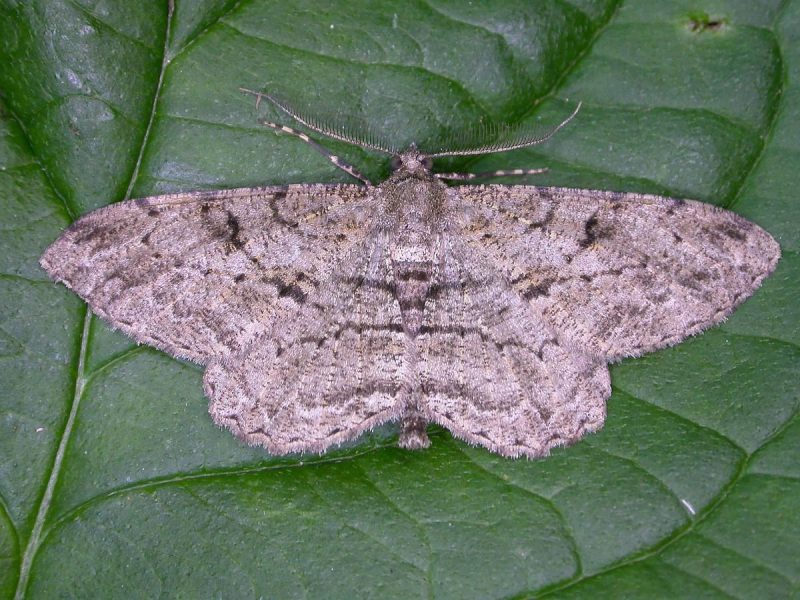
The willow beauty, Peribatodes rhomboidaria, is widespread in Europe and the adjacent regions.
Description. The adult is a gray butterfly with dark spots. It has a wingspan of 40 mm. Males have thinner bodies than females.
The larvae mimic the tendrils, the petiole of the leaves, the branches of the rachis, and the rusty wire of the trellis very well, both in color and position.
Biology and ecology
The willow beauty produces two generations per year and overwinters in the larval stage of different stages, under the fallen leaves or under the bark of the stem. In spring, before budding, when the air temperature exceeds 6-7 degrees, overwintering larvae appear and gnaw the main buds. A larva can consume up to 12 buds.
After the grapevines start to grow during the vegetative growth period, the larvae consume the entire leaf. The pupation takes place from the end of May to the middle of June. The larvae pupate at the surface of the soil or at 1-3 cm in the soil. After about 20 days the adults appear. After copulation, the females lay eggs on the leaves of grapevines or other plants, and the larvae will hatch in stages from July to August. The larvae of the new generation feed on grapevine leaves or on other plant leaves, this time the damage being insignificant.
Attacked plants and damages
The larval stage is the one that does the most damage. Overwintering larvae consume the main buds, and in the case of a strong infestation, the entire stem can be compromised. The larvae of the new generation no longer cause such great damage.
Control
Given that the larvae hibernate under fallen leaves, gathering the leaves and digging the soil in early spring, before the weather warms up, can destroy many overwintering larvae.
The pest must be eliminated immediately after the migration of the larvae on the grapevine, by applying treatments based on horticultural oil developed for the dormancy period (before the buds swell).
Recommended products
-
You can find products on a different store
Change Store -
You can find products on a different store
Change Store -
You can find products on a different store
Change Store -
You can find products on a different store
Change Store -
You can find products on a different store
Change Store -
You can find products on a different store
Change Store -
You can find products on a different store
Change Store -
You can find products on a different store
Change Store -
You can find products on a different store
Change Store -
You can find products on a different store
Change Store -
You can find products on a different store
Change Store -
You can find products on a different store
Change Store -
You can find products on a different store
Change Store -
You can find products on a different store
Change Store -
You can find products on a different store
Change Store -
You can find products on a different store
Change Store -
You can find products on a different store
Change Store -
You can find products on a different store
Change Store -
You can find products on a different store
Change Store -
You can find products on a different store
Change Store -
You can find products on a different store
Change Store -
You can find products on a different store
Change Store -
You can find products on a different store
Change Store -
You can find products on a different store
Change Store
During the vegetative dormancy period, treatments with specific insecticides must be applied.














































































































































































































































































































































































































































